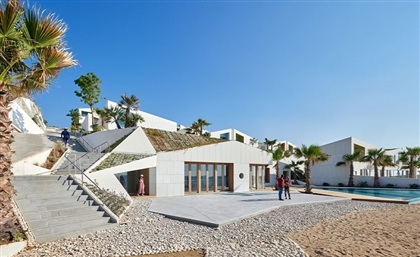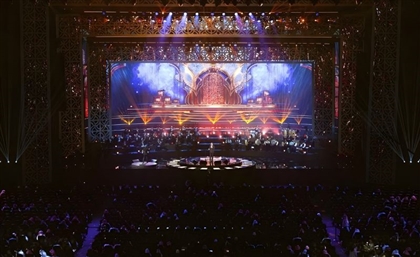12 Olive Trees House: A Contemporary Home Framing Palestinian Ancestry
The house was built to protect 12 olive trees in a Palestinian village, which was once full of olive groves.
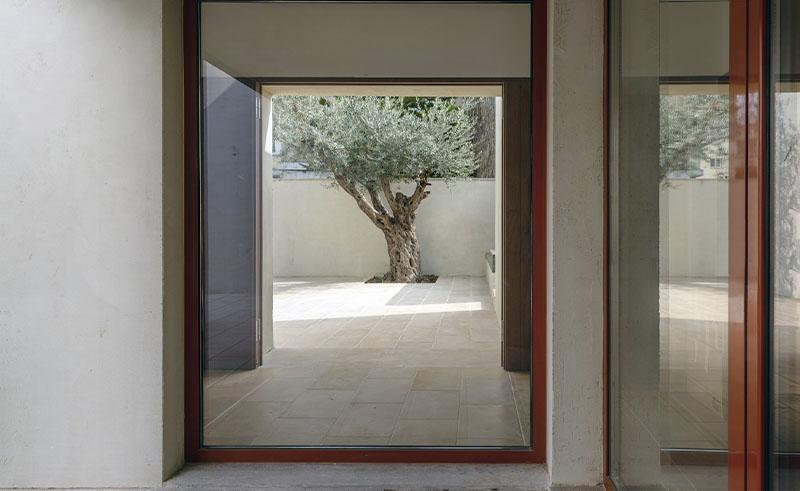
In the past, olive trees flourished across Palestine’s landscapes, so much so that they came to symbolise its national identity. Since 1967, however, 800,000 ancient olive trees have been uprooted by Israeli occupation forces, destroying livelihoods and erasing centuries of history between Palestinian farmers and their land. In Al-Mashhad village in Galilee - a village that held its ground after the establishment of Israel in 1948 - Palestinian architect Elias Khuri gave 12 olive trees that survived the devastation of occupation his full focus when designing this house.
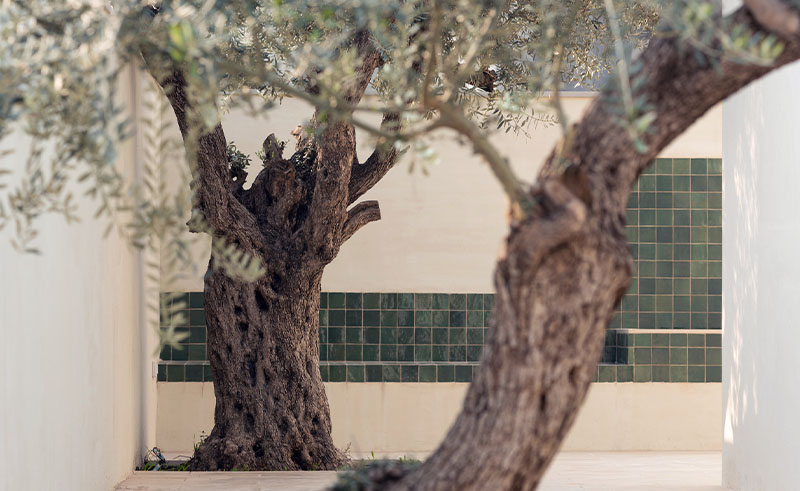
When he was starting this project, Khuri was pursuing a fresh vision for the ‘Palestinian house’. Old Palestinian houses always adapted to their area without forcing themselves or changing the natural scenery, and so 12 Olive Trees House translated this notion through a modern lens, building itself around the surviving 200-year-old trees and preserving generations of family history.
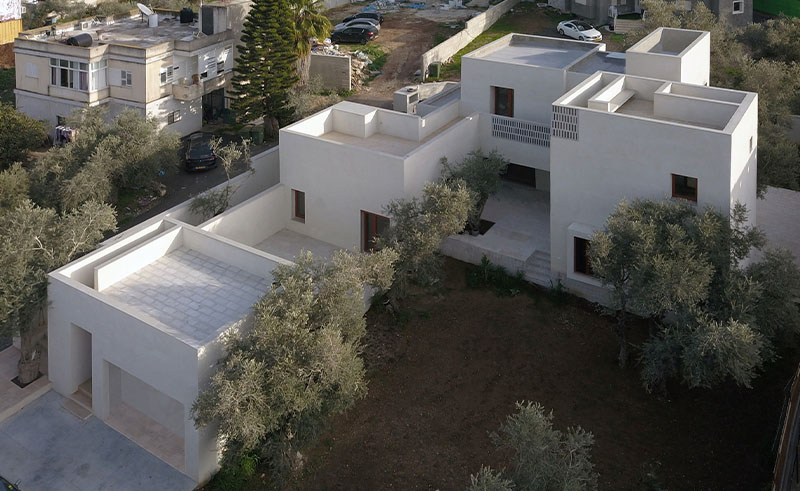
12 Olive Trees House is made of a series of seven cubes and five courtyards spread around the trees, preserving them by creating a seamless bond between the indoors and outdoors. If you look out from any of its wooden windows, you can find an olive tree framed within a serene setting.
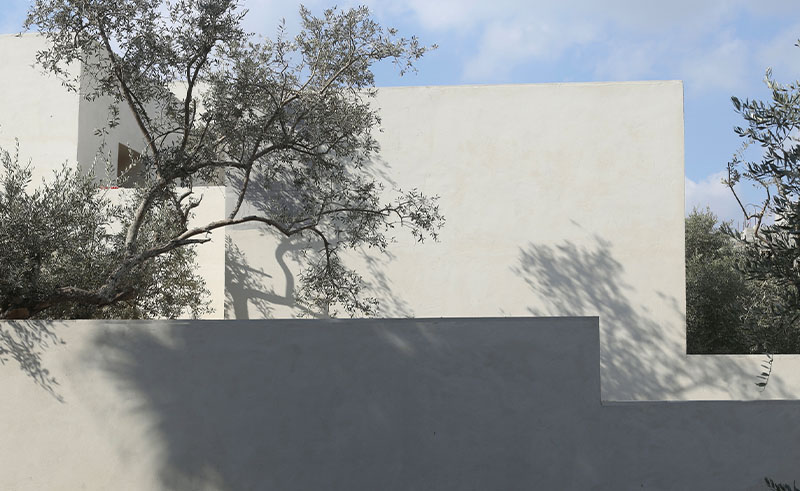
Evoking the massiveness of Palestinian stone houses, 12 Olive Trees House has varying voids with different heights that open spaces to the sky, allow movement, and create novel perspectives.
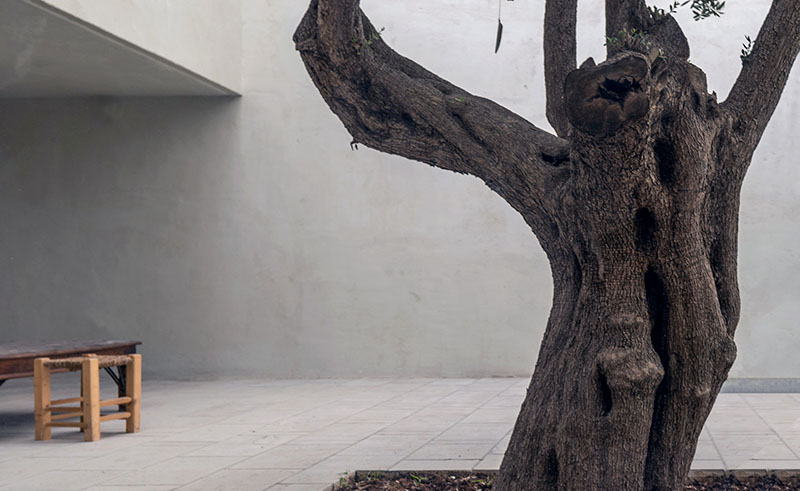
Interior spaces in the house overlook multiple external areas, with rooms tucked between courtyards to provide different degrees of light and shade throughout the day. This layout allows windows to frame different olive trees as walls turn into living spaces inhabited by seats that look both outward and inward.
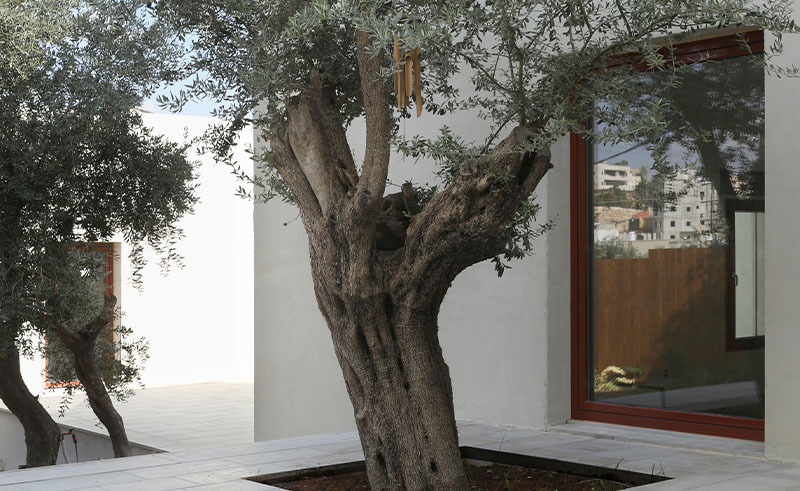
Floors were covered by natural stone from Galilee and walls feature olive-coloured ceramic tiles. The presence of trees, shade and variation of light and colour, natural materials and the references to the historical and cultural heritage form a deep sense of belonging and identity to the house.
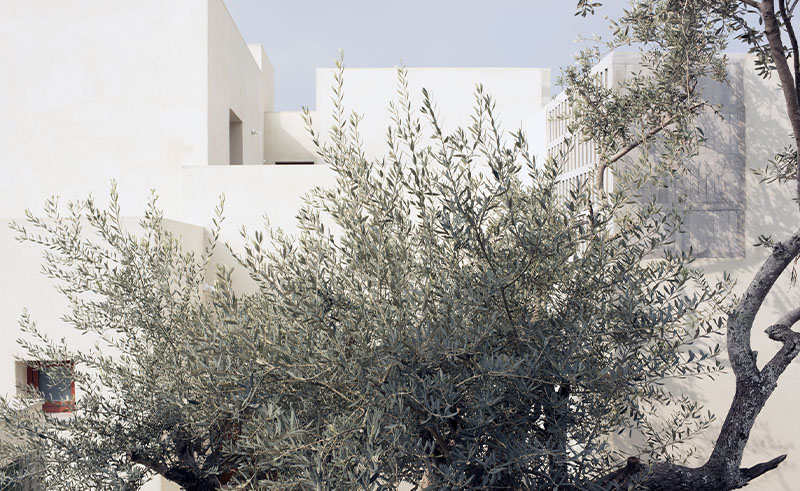
Khuri’s passion for Palestinian architecture stems from its beauty, and the way it is designed in such harmony with its natural surroundings. When it comes to their integration in architecture, olive trees are uniquely peaceful; their roots can never hurt the house.
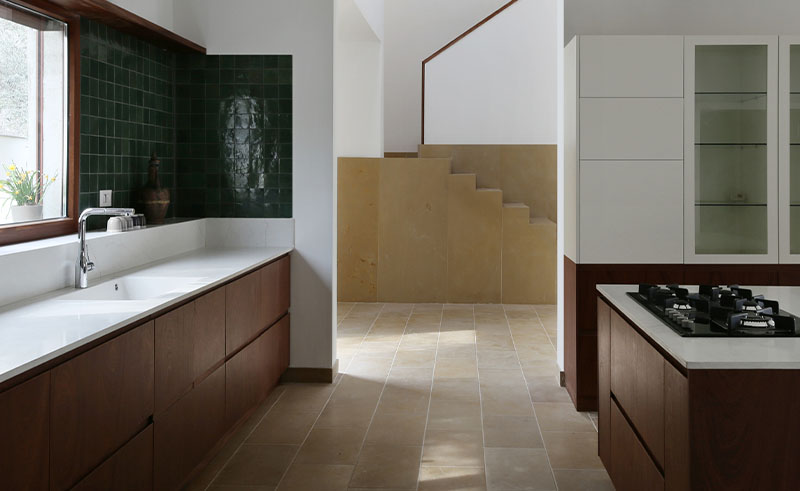 Photography Credit: Elias Khuri & Thomas Dallal
Photography Credit: Elias Khuri & Thomas Dallal
- Previous Article Italian-Palestinian Duo No Input Debuts Eponymous Electro EP
- Next Article Egyptian Embassies Around the World
Trending This Week
-
Dec 16, 2025








